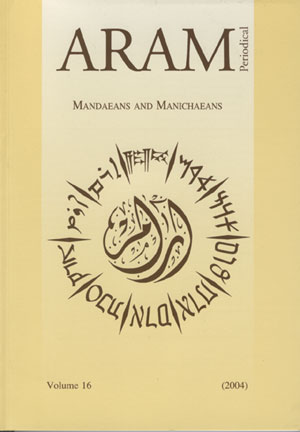 previous article in this issue previous article in this issue | next article in this issue  |

|
Document Details : Title: Aramaic-Speaking Communities of Sasanid Mesopotamia Author(s): HUNTER, Erica C.D. Journal: ARAM Periodical Volume: 7 Issue: 2 Date: 1995 Pages: 319-335 DOI: 10.2143/ARAM.7.2.2002233 Abstract : During the Sasanid era (AD 241-651), Mesopotamia was host to a mélange of Aramaic-speaking communities: Jews, Mandaeans, Manichaeans and Christians as well as pagans. Some of these groups, notably the Mandaeans and the Manichaeans that emerged during the first centuries of the Christian era, wrote in distinctive fonts, these acting in effect as badges of their cultural-religious identities. In other communities, where there was a long history of settlement in Mesopotamia, the rôle assumed by script was more ambiguous. Thus both Jews and the adherents of the traditional Mesopotamian religions used Babylonian Jewish Aramaic, otherwise known as Judæo-Aramaic, whilst Syriac, later to become the hallmark of Christian writings, also appears to have circulated amongst pagans. |
|
